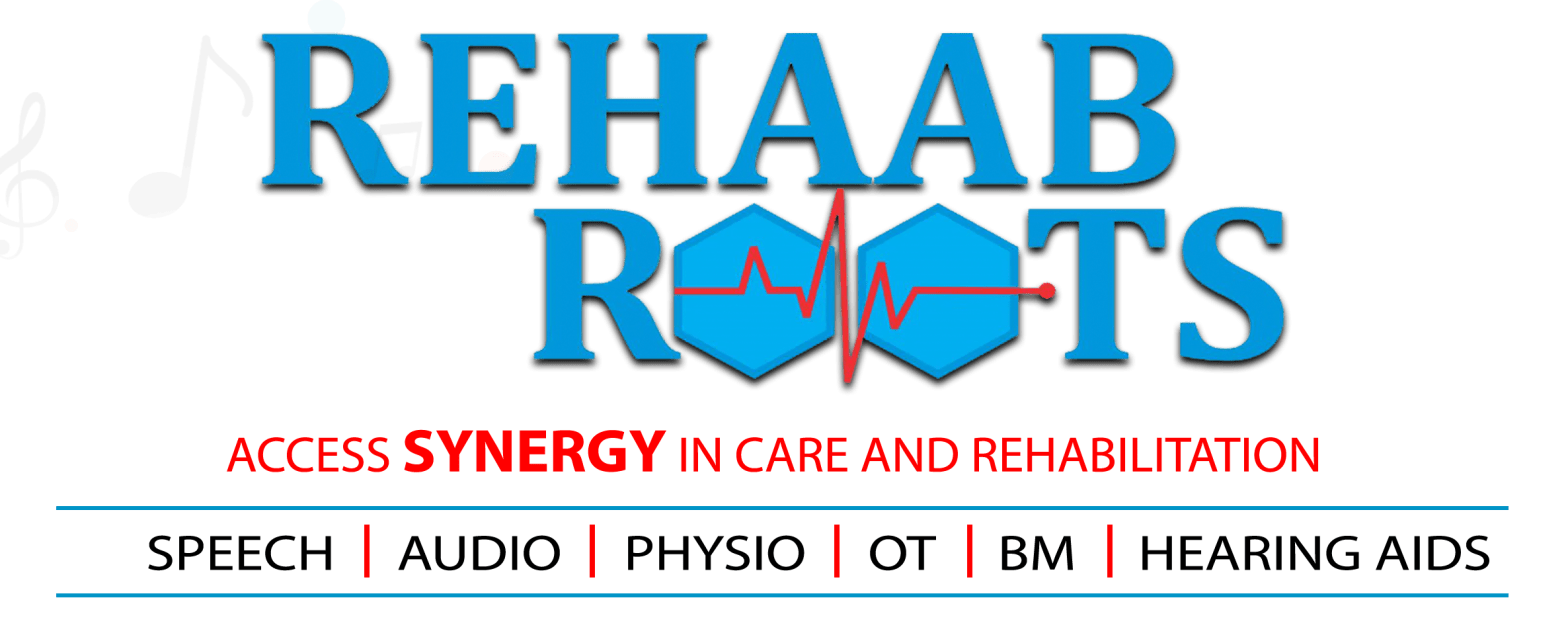Introduction
Imagine struggling to speak or swallow—everyday actions that many take for granted. Speech and swallow therapy plays a crucial role in restoring these vital functions, especially for individuals recovering from strokes, neurological disorders, or injuries. Speech-language pathologists (SLPs) employ specialized techniques to help patients regain their ability to communicate and swallow safely. In this blog, we will explore the significance of speech and swallow therapy and how it improves quality of life.
Recent Posts

Understanding Speech and Swallow Therapy
Speech and swallow therapy is a specialized field aimed at diagnosing and treating communication and swallowing disorders. It encompasses various interventions to improve speech clarity, voice modulation, and swallowing efficiency. This therapy benefits individuals with conditions such as:
- Stroke recovery
Parkinson’s disease
Traumatic brain injury (TBI)
Neuromuscular disorders
Head and neck cancers
Benefits of Speech and Swallow Therapy
1. Enhances Communication Skills
People with speech impairments often face difficulties expressing themselves. Therapy helps in:
- Improving pronunciation and articulation
- Strengthening vocal cords
- Enhancing fluency and speech rhythm
2. Improves Swallowing Function
Swallowing disorders, also known as dysphagia, can lead to choking, malnutrition, and aspiration pneumonia. Therapy focuses on:
Strengthening oral muscles
Teaching safe swallowing techniques
Reducing the risk of complications
3. Boosts Confidence and Independence
Communication and eating are essential daily activities. Through therapy, patients regain confidence in social interactions and self-sufficiency in eating and drinking.
4. Prevents Further Complications
Untreated swallowing disorders can lead to severe health risks. Early intervention minimizes complications such as aspiration pneumonia and dehydration.
Techniques Used in Speech and Swallow Therapy
Speech-language pathologists utilize various techniques tailored to individual needs, including:
- Oral Motor Exercises: Strengthen muscles for speech and swallowing.
- Swallowing Maneuvers: Improve control and efficiency of swallowing.
- Cognitive-Communication Therapy: Enhances memory and problem-solving skills.
- Dietary Modifications: Adjusting food texture to ease swallowing.
- Assistive Communication Devices: Supporting speech-impaired individuals.

Conclusion
Speech and swallow therapy is vital for individuals facing communication and swallowing challenges. Whether recovering from a stroke, dealing with neurological conditions, or facing speech impediments, professional therapy significantly enhances quality of life. If you or a loved one is experiencing these difficulties, seek help from a certified speech-language pathologist today!
FAQs Section
Individuals with speech impairments, swallowing difficulties, or neurological conditions benefit from therapy.
The duration varies depending on the severity of the condition, but consistent sessions yield better results.
Yes, it significantly aids stroke survivors in regaining lost speech and swallowing abilities.
Absolutely! It helps children with speech delays, articulation issues, and language development.
Difficulty swallowing, frequent choking, coughing while eating, and unexplained weight loss may indicate dysphagia.
Yes, regular oral motor exercises strengthen muscles and improve function over time.
